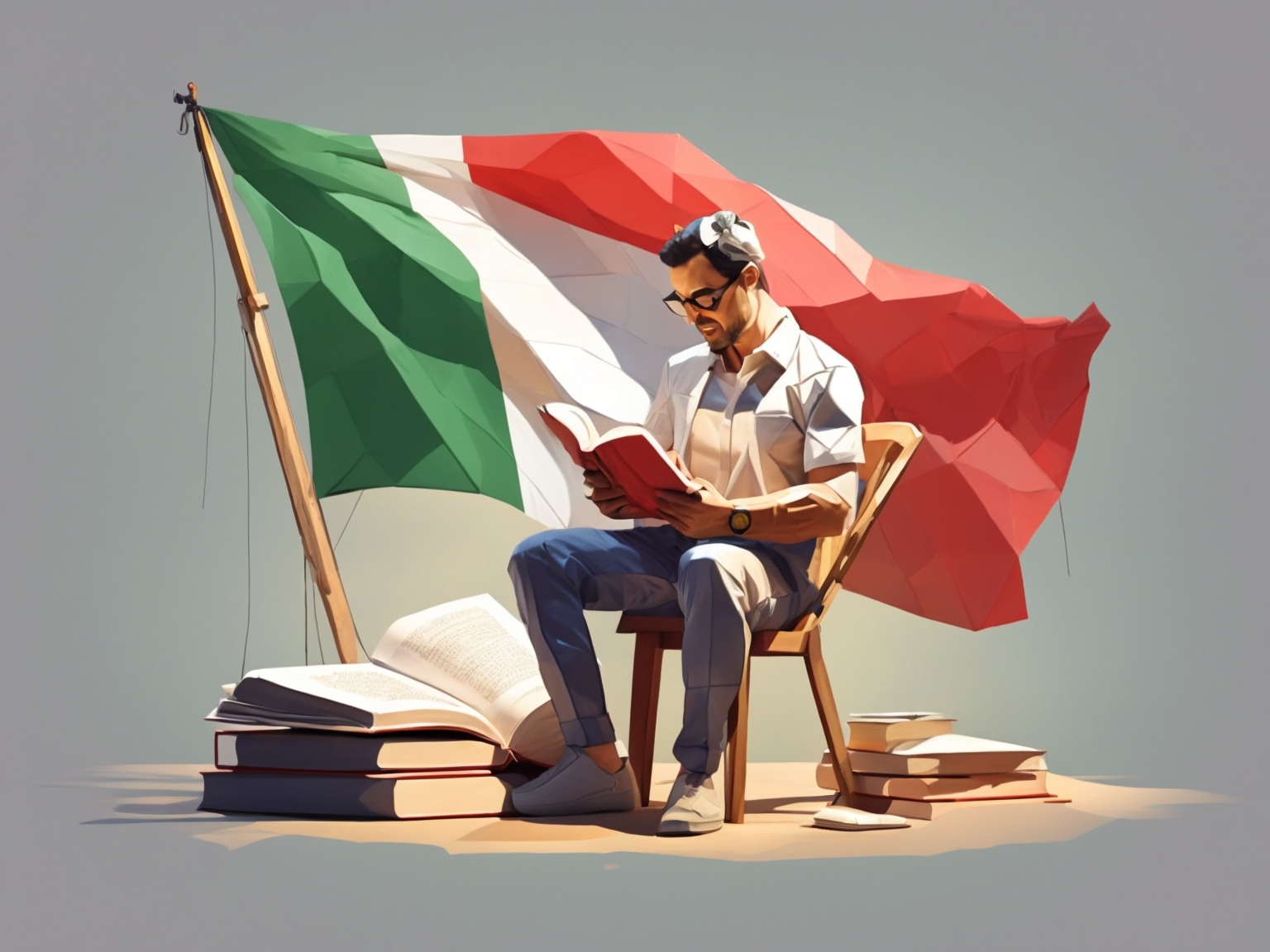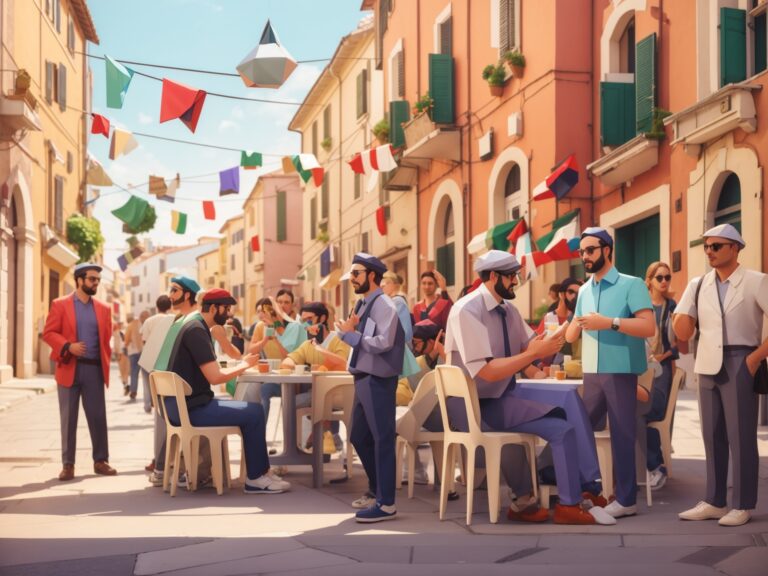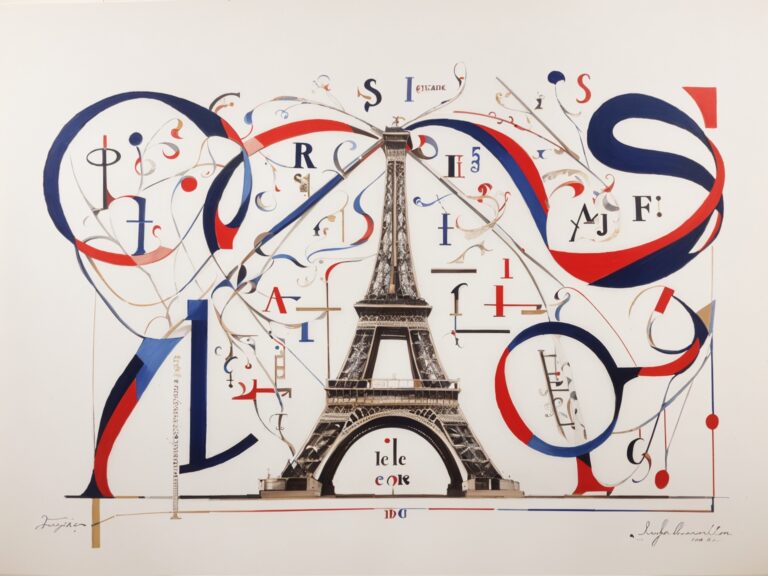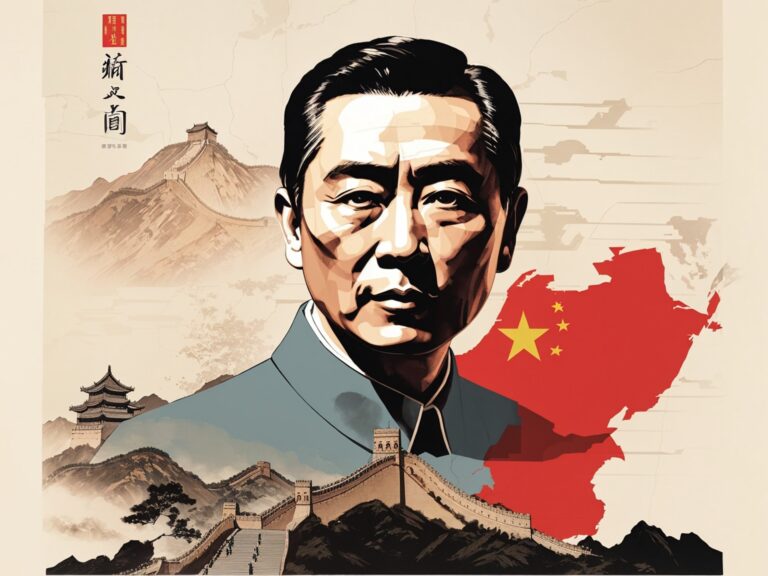Learning a new language, like Italian, can be a thrilling experience, especially when you add a vibrant culture and beautiful literature to the mix. If you are on your language journey from beginner to intermediate Italian learner, reading books is one of the most efficient ways to get familiar with the syntax, vocabulary, idiomatic expressions, and even the culture and customs of Italy.
In this comprehensive article, we’ll walk you through some of the best Italian books that beginner to intermediate learners can read to improve their Italian skills.
Why Read Books to Learn Italian?
You might wonder, “Why should I read books to learn Italian? Aren’t language learning apps and courses enough?” Indeed, language apps and courses can help you grasp the basics of a language. Still, to truly master Italian, you need to immerse yourself in it, and there is no better way than to read books written in the language.
Reading books allows you to see the language in action. You encounter new vocabulary in context, making it easier to remember. It also familiarizes you with Italian sentence structure and grammar without explicitly teaching you rules. Moreover, books also give you a glimpse of Italian culture, history, and lifestyle, which can be a motivator to keep learning.
Choosing the Right Books
When learning a new language, it’s important not to rush into reading advanced literature. Choose books that match your current language level. Beginners can start with children’s books or easy-to-read novels, while intermediate learners can venture into more complex stories.
Remember, the goal is not to comprehend every single word, but to understand the overall context and storyline while gradually expanding your vocabulary and grammar.
Italian Books for Beginners
As a beginner, your primary goal should be familiarizing yourself with the basic vocabulary and sentence structure. Here are some book recommendations that can help:
- “Pimpa” by Franco Cosimo Panini: This is a series of children’s books featuring a red-spotted dog named Pimpa. The stories are simple yet entertaining, which makes them a great start for beginners. The colorful illustrations also provide context, making it easier for you to understand the storyline.
- “Favole al Telefono” by Gianni Rodari: A beloved classic of Italian literature, this book is a collection of short, enchanting tales. Rodari’s language is straightforward but charming, making it a suitable choice for beginners.
- “Il Piccolo Principe” by Antoine de Saint-Exupéry: Known as “The Little Prince” in English, this book has been translated into Italian and is a delightful read for language learners. While it’s a children’s book, its profound themes and memorable quotes will resonate with adults too.
- “Italiano Secondo il Metodo Natura” by Arturo R. Marescotti: This textbook is specifically designed for language learners and uses the natural method, presenting Italian in a progressive manner. It’s a great resource for building a strong foundation.
Italian Books for Intermediate Learners
As an intermediate learner, you should focus on expanding your vocabulary, understanding complex sentences, and identifying idiomatic expressions. Here are some recommendations:
- “Io Non Ho Paura” by Niccolò Ammaniti: This gripping novel, translated as “I’m Not Scared,” revolves around a 9-year-old boy who uncovers a terrible secret in his small town. The language used is modern and relatively simple, making it suitable for intermediate learners.
- “Il Bar Sotto il Mare” by Stefano Benni: Benni’s book is a collection of whimsical and satirical short stories. It introduces you to various styles of writing and is known for its humor and wit, providing an engaging reading experience.
- “La Bella Lingua” by Dianne Hales: While not strictly a work of fiction, this is a delightful read about Italian language and culture. The author’s love for Italy is infectious and her experiences will give you a deeper appreciation for the language.
- “Cuore” by Edmondo De Amicis: A classic of Italian literature, “Cuore” is a collection of monthly letters written by a boy named Enrico to his parents. The language is a bit more challenging than the previous recommendations but it’s a wonderful peek into Italian history and culture.
Reading Strategies
While reading these books, don’t feel compelled to understand every single word. Instead, try to understand the overall context. If you come across an unknown word that’s crucial to the story, look it up, but don’t interrupt your reading flow constantly for dictionary checks. Over time, you’ll start recognizing more words and understanding the language better.
It’s also a good idea to keep a notebook handy to jot down new vocabulary or phrases that you find interesting or useful. Additionally, consider reading out loud. It’s a great way to practice pronunciation and improve your spoken Italian.
In conclusion, learning Italian can be an enriching experience, and reading books can accelerate this journey. By carefully selecting books that match your language proficiency and reading regularly, you will improve your comprehension, vocabulary, and grammar, and also develop a deeper appreciation for Italian culture and literature.
Remember, the path to language proficiency is not a race; it’s a journey. Take your time, enjoy the process, and watch your Italian skills blossom.
Buona lettura! (Happy reading!)











